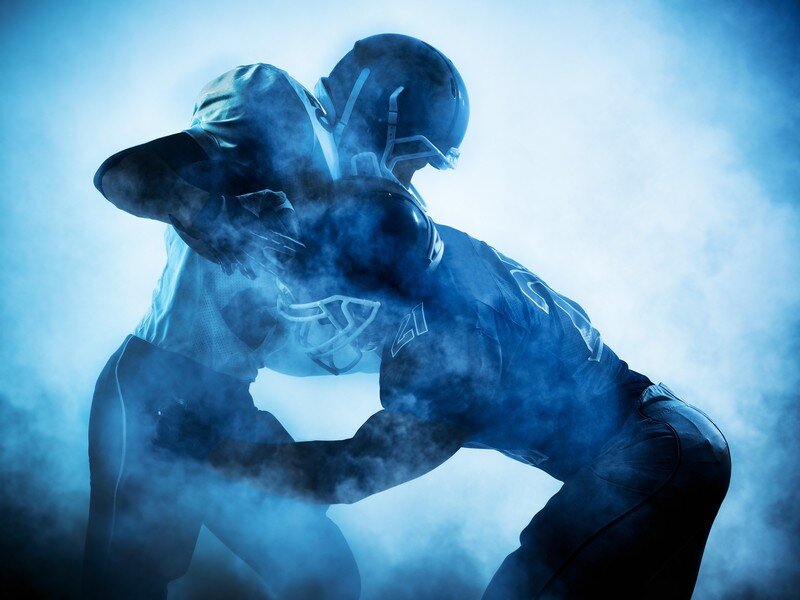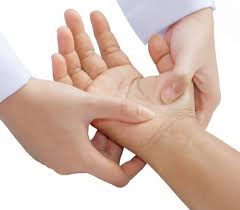Fall in the Carolinas means two things -- cooler temperatures and football season. Many of our patients are die-hard fans of the Carolina Panthers or one of our state’s many find college teams. But nothing beats the first-hand experience of Friday night under the lights of a high school football game. From small towns to big cities, the landscape of our state lights up on Friday nights and communities come together to cheer on their local boys.
High school football is especially meaningful to Foster Chiropractic Sports and Wellness, as I played center for my own high school football team at Mission Bay High School in San Diego, CA. In fact, it was my football career that led me to pursue chiropractic as a profession.
Like many football players, I suffered my fair share of injuries. My mom knew the ice baths provided by the school trainer wouldn’t be enough to help me heal completely. She took me to a chiropractor for additional treatments, and it helped get me back on the field quickly. Visiting the chiropractor became part of the regular wellness strategy, helping me stay limber and reduce the risk of further injury.
My story of suffering an injury during high school sports career isn’t uncommon. While advances in treatments and injury prevention, as well as equipment, have helped keep the number and severity of high school football injuries down, it’s still the sport that sees the most injuries. The Colorado School of Public Health monitors high school sports injuries and through their research found an average of 12 injuries per 1,000 high school football players each year. Those injuries include:
28% head or face (including concussions)
14% knees
11% ankles
10% shoulders
Football players are regular patients in my office. Luckily there are some ways to help educate and prepare your young athlete to reduce the risk of injury in football and other sports.
Talk with your coach. At any age, whether it’s elementary school, high school or college sports, the safety of the athlete should always be a priority. Take time to talk with your child’s coach to make sure you’re all on the same page when it comes to safety. Educate yourself on the rules and regulations of your school system, and know when your child should be removed from competition and allowed to rest and recover after an injury on the field. The coach should also be teaching proper technique in each sport to help prevent injury.
Take time to warm up/cool down and stretch before every practice and game. Stretching helps keep muscles active and flexible, and combining stretching with a good warm-up routine can help reduce the risk of injury. The same goes for a cool down, which allows muscles and ligaments tense from a workout to relax.
Wear the proper equipment. Protective gear is designed for a specific reason, and it is only helpful if your student athlete is wearing it. Never play football without the correct helmet, pads and mouth gear.
Strength train year round. Recent research has shown that kids playing one sport year-round are more at-risk for overuse injuries. So while you don’t want to play football week in and week out, it is very important to stay active year round to help reduce the risk of sports injuries. Play basketball or baseball, join the swim team, or learn to play tennis. Even when school sports aren’t in session it’s important to maintain a strength-training schedule to keep your body in shape for each season.
The Benefits of Chiropractic Care for High School Athletes
In addition to the tips above, high school athletes can benefit from regular visits to the chiropractor. Proper spinal and extremity alignment can help you perform better and reduce the risk of injury. Other benefits from chiropractic care include:
Nutritional and dietary advice to help you gain strength and power through your workouts and games.
Treatments and exercises to enhance balance, stability and muscular coordination.
Therapeutic exercises to help reduce the risk of injury and rehabilitative exercises after injury occurs.
If you’re a high school football player in the middle of your season and suffering from sore, achy muscles, make an appointment with Foster Chiropractic Sports and Wellness today. We specialize in helping athletes recover and perform at their best level. I’m also happy to come to your school and talk with the team about how chiropractic care can help.



